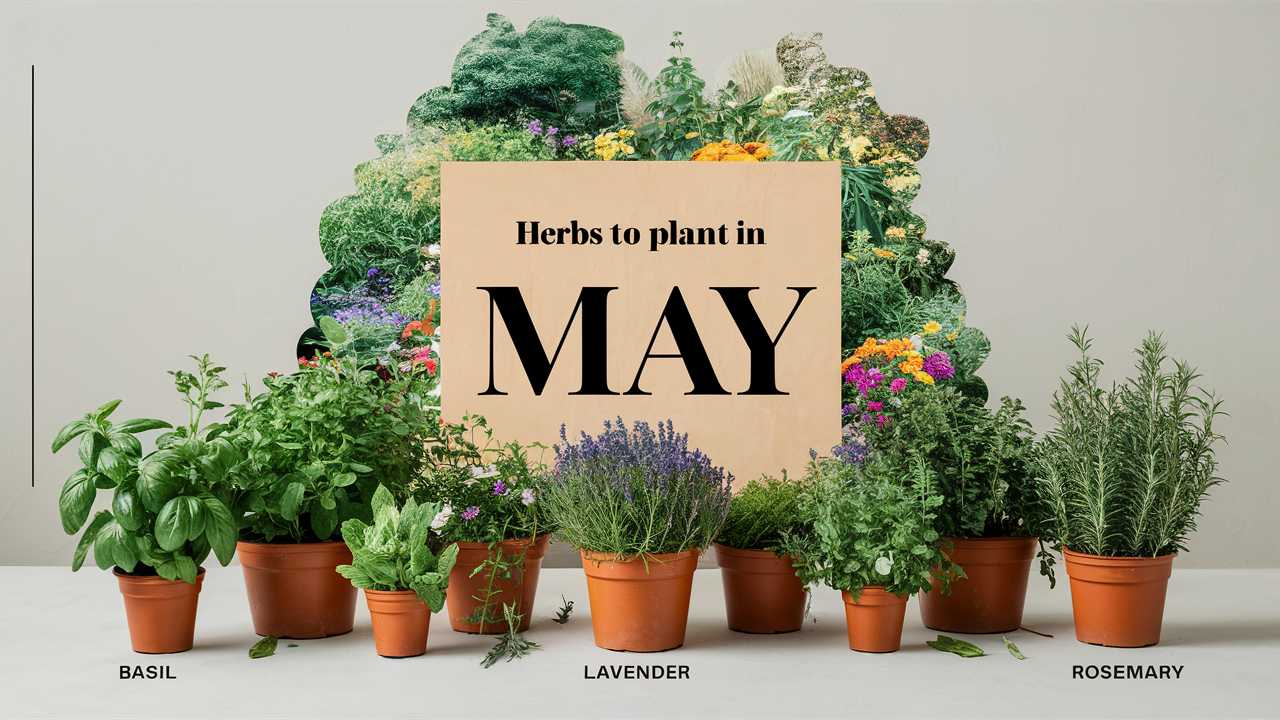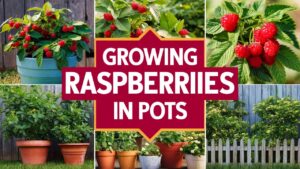As May rolls around and spring flowers bloom, gardeners everywhere feel the excitement of planting season. This month is a fabulous time to introduce a variety of herbs into your garden, as the temperatures are warm enough for optimal growth, and the risk of frost is generally minimal.
Below, let’s explore some wonderful herbs to plant in May, along with expanded tips on their care, ideal conditions, and uses.
Basil
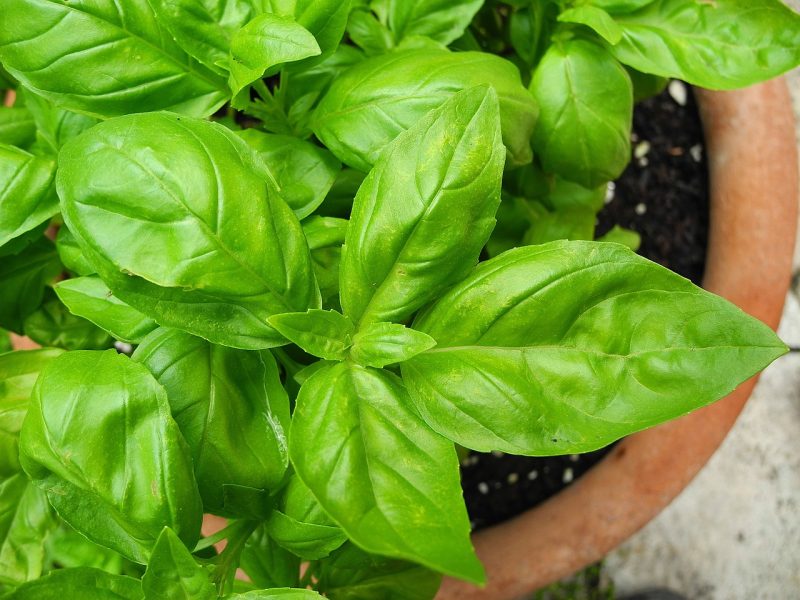
Basil is often seen as the star of culinary herbs, and rightly so. This aromatic herb thrives in warm, sunny conditions, making May the perfect time for planting. To ensure the best growth, select a location that receives at least 6-8 hours of sunlight daily. Basil prefers rich, well-draining soil. Before planting your basil seeds or seedlings, you might want to amend your garden soil with organic compost to provide the necessary nutrients.
When planting, space your basil plants about 12 inches apart to allow for ample airflow and growth. One of the unique aspects of basil is that the more you harvest, the more it grows. Snip leaves from the top of the plant to encourage bushier growth. If you notice the plant beginning to flower, pluck the flowers off; this will redirect energy back into leaf production. Plus, fresh basil can be used in a wide range of dishes, from classic pesto to summer salads and even refreshing beverages like basil lemonade.
Borage

Borage is a unique herb that not only enhances your garden’s beauty with its striking blue star-shaped flowers but also offers several practical benefits. Planting borage in May allows it ample time to establish itself before the heat really kicks in. This herb thrives in well-drained soil and prefers full sun, but it can also tolerate partial shade. It’s a hardy plant, which means that it can withstand various weather conditions.
Depending on your gardening style, borage can be direct-seeded or transplanted. When planting, be sure to space your seeds or seedlings about 1-2 feet apart, as they can spread out quite a bit. One of the most incredible things about borage is its ability to attract pollinators like bees, which can significantly enhance the productivity of your garden.
The leaves of borage can be used in salads and beverages, and the flowers can be candied for decoration or used in cocktails. Additionally, borage is rich in gamma-linolenic acid (GLA), making it a great herb for skin care and internal health.
Caraway
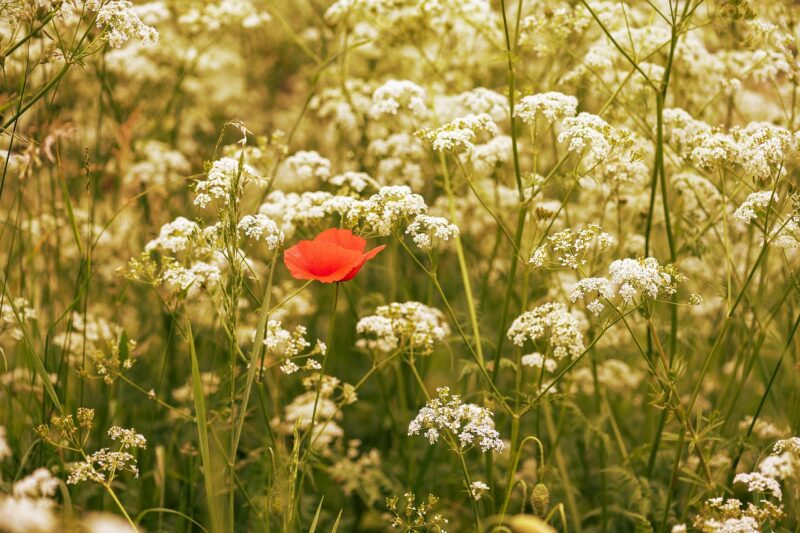
Caraway is a biennial herb that is often overshadowed by other more popular herbs, yet its unique flavor is worth incorporating into your garden. Planting caraway in May is ideal because it establishes well during the warm weather. This herb prefers a sunny spot with well-draining soil, but it is also quite tolerant of various soil conditions.
When sowing caraway seeds, be sure to space them a few inches apart and plant them about a quarter-inch deep. Regular watering will promote germination; however, caraway can tolerate some drought once established. While it may take a bit longer to establish than faster-growing herbs, the wait is worth it when fall rolls around and you can begin harvesting the seeds.
Additionally, the leaves can be used fresh in salads, while the seeds add a lovely flavor to breads, cakes, stews, and pickles. Plus, the flowers attract beneficial insects, making it a perfect addition to any biodiverse garden.
Chamomile
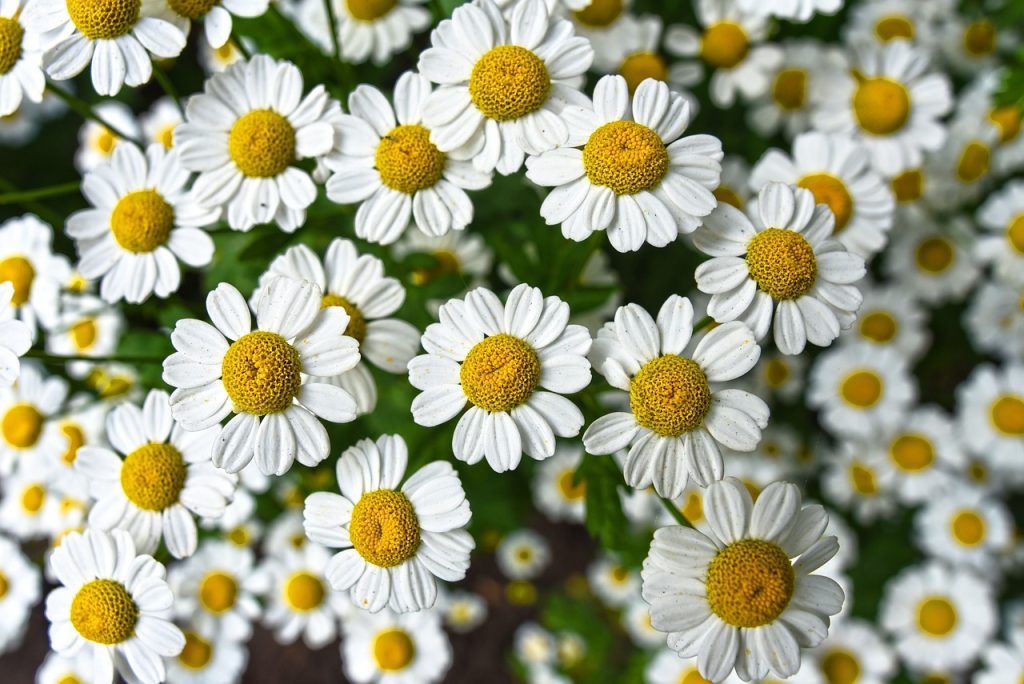
Chamomile is a delicate herb that’s beloved for its soothing properties. When you plant chamomile in May, it’s essential to choose a location that gets plenty of sunlight, preferably six hours a day. This herb enjoys well-draining soil that can be slightly acidic to neutral. When planting chamomile seeds, lightly cover them with soil; they need light to germinate.
Chamomile grows best when spaced about 12-18 inches apart, allowing for good airflow and reducing the risk of mold or disease. Regular deadheading encourages continuous blooming, as this plant has a tendency to produce flowers throughout the growing season.
Once harvested, chamomile flowers can be dried and used for tea, which is famous for its calming effects and ability to aid digestion. Chamomile also has gentle anti-inflammatory properties, great for external applications in hand-made skincare products.
Chives
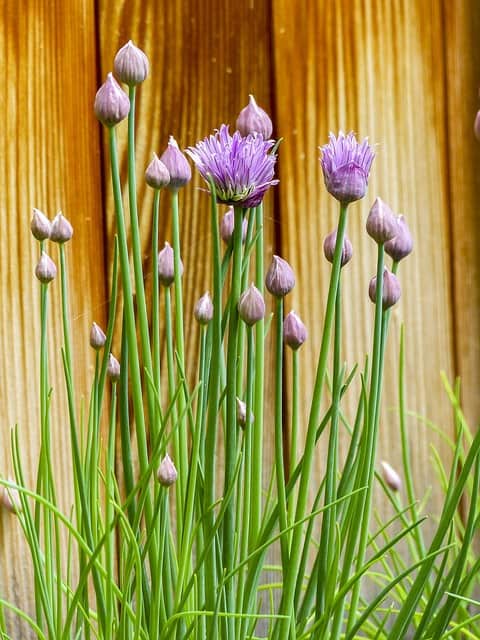
Chives are perhaps one of the easiest and most rewarding herbs to grow. May is the perfect time to plant them, as they thrive in cooler temperatures but can handle the warmth of summer. Chives prefer full sun but can tolerate partial shade, especially in hotter climates.
When planting, be sure to space chive plants about 6-12 inches apart. This gives the plants room to spread and helps to ensure that they receive adequate light and air circulation. Chives are perennial and will come back year after year, making them an excellent long-term investment for your garden.
You can harvest chives throughout the growing season by snipping off the green tops, and they make a fantastic addition to soups, salads, and omelets. Not only do chives provide a burst of flavor, but the vibrant purple flowers are also edible and can add a decorative flair to your dishes.
Cilantro
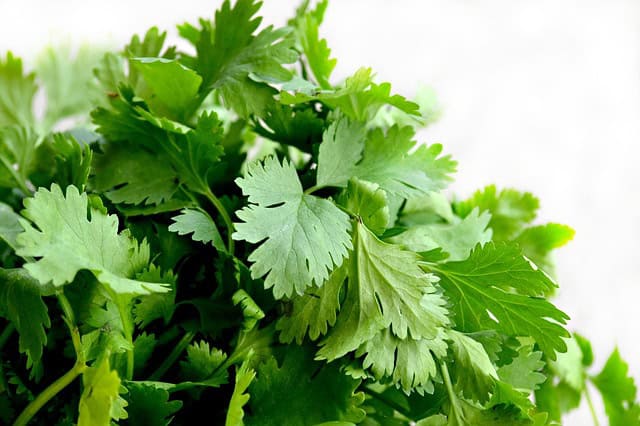
Cilantro, also known as coriander when referring to the seeds, is a beloved herb for its bright flavor. While it thrives in spring, planting it in May can yield excellent results. It prefers cooler weather, so if your summer gets hot, consider planting in partial shade.
Cilantro seeds should be sown about a quarter inch deep and spaced 6 inches apart. This annual herb grows quickly, and you can start harvesting the leaves when they are around 6 inches tall. Remember that cilantro has a short life cycle – if you want a continuous supply, try to sow seeds every few weeks.
The entire plant is usable; the fresh leaves are perfect for toppings, while the seeds, when allowed to mature, can be harvested for culinary uses like spice blends. In addition to its culinary benefits, cilantro is praised for its ability to aid digestion and detoxify the body.
Dill
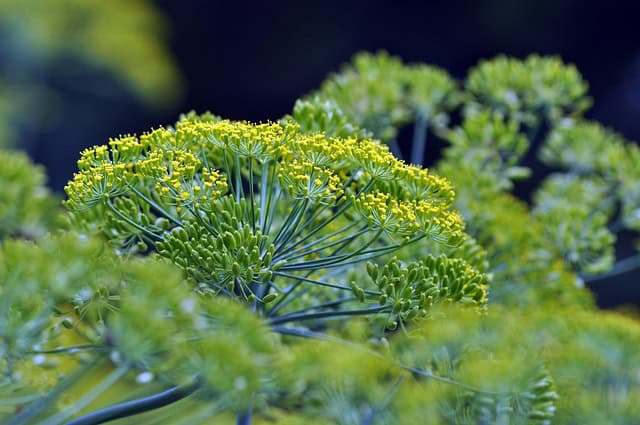
Dill is a fantastic herb known for its distinct flavor that elevates pickles, fish dishes, and salads. By planting dill in May, you capitalize on the warm weather that it loves. Dill performs best in full sun and well-draining soil. Sow the seeds roughly a quarter of an inch deep, and ensure you space them about 12 inches apart to allow for their sprawling growth.
Dill has a short life cycle, so consider succession planting every few weeks. As the plant grows, you may need to provide it with some support to prevent flopping over. Dill’s unique fern-like leaves and flowering heads attract beneficial insects, making it a great plant for biodiversity.
Once established, leaves can be harvested at any time, but for the best flavor, wait until the plant flowers. The dried seeds are also a staple in many cuisines, often used in pickling and as a spice in various dishes.
Tarragon
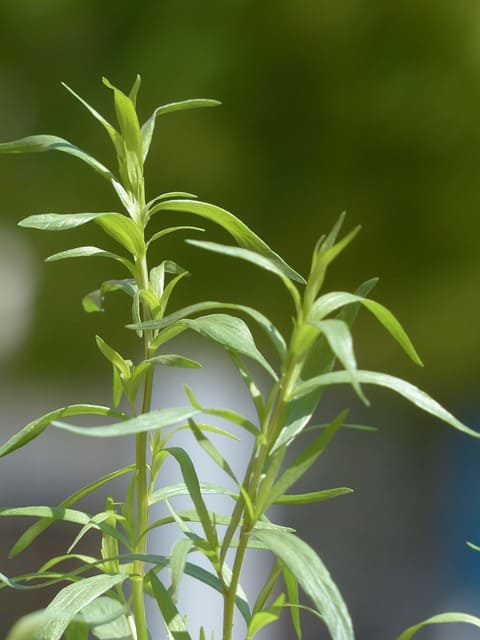
Tarragon, especially French tarragon, is a superior herb that adds an exquisite flavor to many dishes. Plant it in May when the soil is warm, and ensure it receives plenty of sunlight. This herb thrives in well-drained soil and can benefit from occasional organic amendments to enhance nutrient content.
When planting, give tarragon plenty of space, ideally 12-18 inches apart, as it can spread quite a bit. Harvesting is best done in the early morning when the oils are most potent. Regularly trimming the tips encourages fuller growth, so don’t hesitate to use it in your meals!
Tarragon adds depth to salad dressings, sauces, and marinades, and it’s known for its health benefits, including digestive support and anti-inflammatory properties. You can also dry the leaves for later use, offering a taste of summer throughout the year.
Lemon Balm
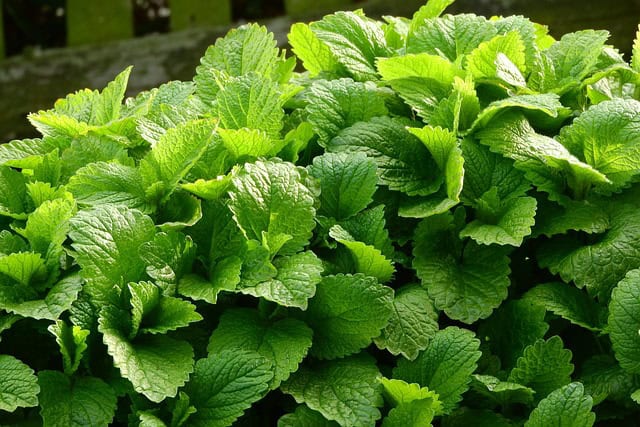
Lemon balm is a delightful herb recognized for both its flavor and its calming properties. Planting it in May gives it ample time to establish before the heat of summer kicks in. It prefers well-drained soil and can thrive in full sun to partial shade.
When planting, space lemon balm about 12-18 inches apart since it can spread quite vigorously. If growing in a confined space, consider using containers to control its growth. Lemon balm can continue to grow and produce throughout the summer, and regular harvesting will encourage bushier growth.
The fragrant leaves can be used fresh in teas, salads, and desserts, or dried for herbal remedies. Lemon balm is renowned for its calming effects, making it an ideal choice for tea blends intended to relieve stress and anxiety.
Marjoram
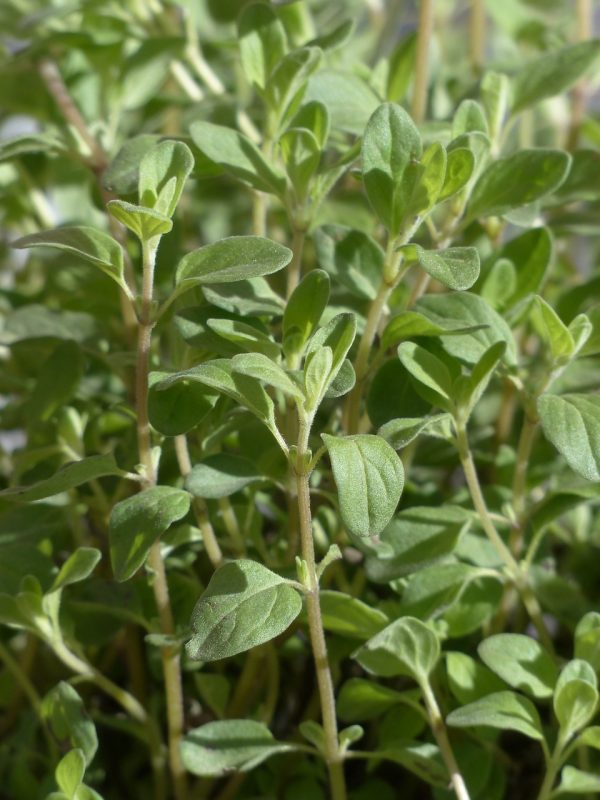
Marjoram is an aromatic culinary herb that is often compared to oregano for its similar flavor profile. Planting marjoram in May allows it to take full advantage of the warm weather, ideal for this herb. It prefers full sun and should be planted in well-draining soil.
Space your marjoram plants about 10-12 inches apart to allow them room to spread. Marjoram is a perennial in warm climates but may act as an annual in colder regions, so consider providing some winter protection as needed. Regularly harvesting the leaves will keep the plants healthy and promote new growth.
Marjoram is often used fresh in Mediterranean dishes, particularly in sauces and soups. It also offers various health benefits, including digestive support and potential antimicrobial properties, making it a wonderful addition to your herb garden.
Nasturtiums
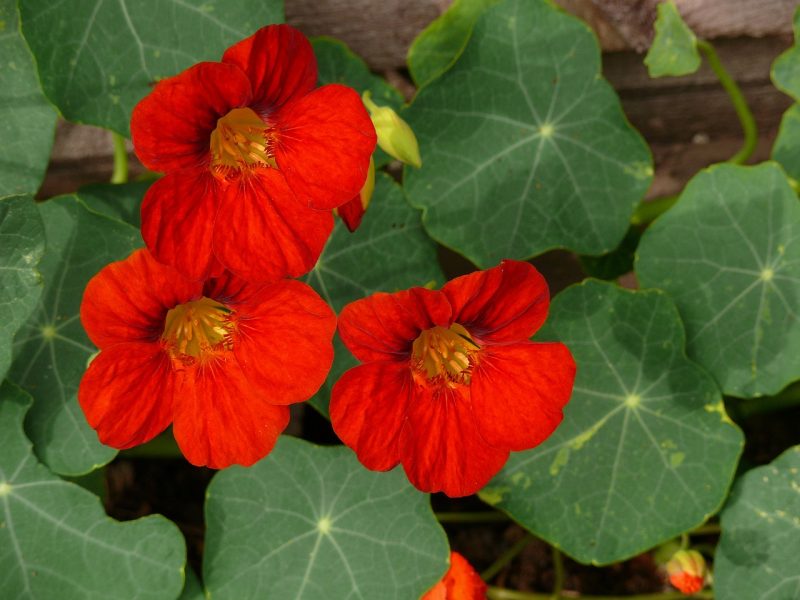
Nasturtiums are as beautiful as they are beneficial. These edible flowers add vibrant color to your garden and are known for their peppery flavor. Planting nasturtiums in May ensures they have a warm start to the growing season. They thrive in well-drained soil and can flourish in full sun to partial shade.
These plants can be sown directly into the garden, with seeds spaced about 10-12 inches apart. Nasturtiums are a great companion plant as their flowers attract beneficial pollinators and can deter pests like aphids. They can spread quite easily, so keep an eye on their growth.
The leaves and flowers are both edible, adding color and flavor to salads, and the flowers can act as an eye-catching garnish in dishes. Additionally, nasturtiums contain high levels of vitamin C and may provide immune-boosting benefits.
Oregano
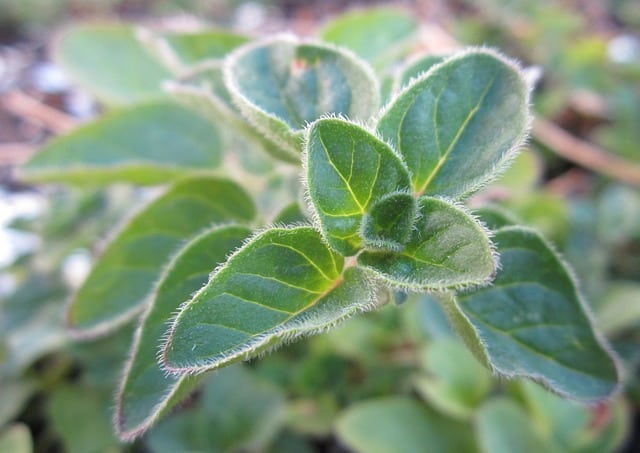
Oregano is prized for its robust flavor and culinary versatility. When you plant oregano in May, you can expect it to flourish throughout the warm summer months. This perennial herb prefers full sun and well-drained soil, making it quite easy to grow.
Space your oregano plants about 12 inches apart, allowing for airflow and growth. It’s a hardy herb, requiring minimal care once established. Regular pruning will encourage new growth and prevent the plant from becoming too leggy.
Oregano can be used fresh or dried in a variety of dishes, from pizzas to marinades, and is known for its potent antioxidant properties. The leaves can be harvested throughout the summer, and with proper care, this herb can continue to thrive for years.
Parsley
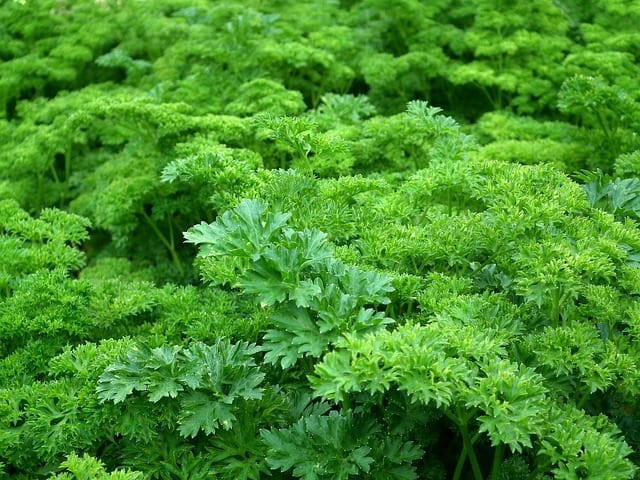
Parsley is a versatile herb that’s often seen as a garnish but is incredibly useful in cooking. Planting parsley in May allows it to develop well during the growing season. It prefers full sun but can also thrive in partial shade, especially in hotter climates.
Space parsley seeds about 12 inches apart, and ensure that the soil is rich and moist. Parsley is a slow germinator, so be patient when sowing seeds, as it may take a few weeks for them to sprout. Once the plants are established, you can harvest the outer leaves regularly without damaging the inner growth.
Parsley is rich in vitamins A, C, and K, making it a healthy addition to meals. It can be used in salads, pestos, and sauces. Interestingly, parsley is biannual; it may produce flowers in its second year, allowing the seeds to mature and be harvested for future planting.
Peppermint
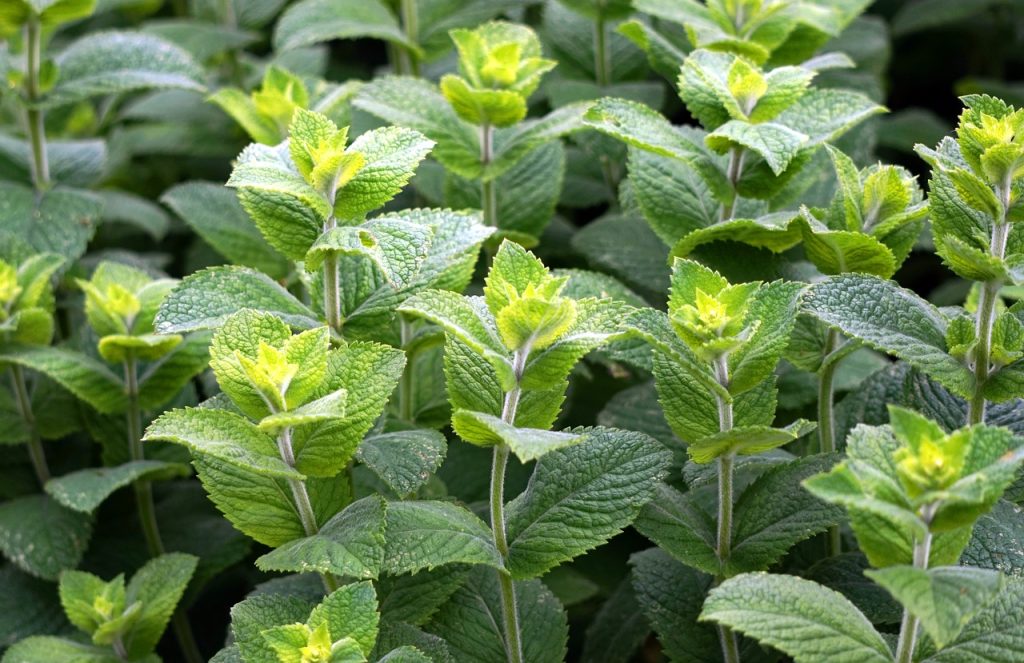
Peppermint is a fragrant herb that thrives when planted in May. Due to its vigorous growth, it’s often best to plant peppermint in containers, as it can easily take over garden spaces. This herb prefers moist, well-draining soil and plenty of sunlight.
When planting in pots, use a well-draining potting mix and water regularly to keep the soil evenly moist. Peppermint is extremely hardy and can be harvested throughout the growing season. Just be sure not to remove more than one-third of the plant at a time to allow it to continue growing.
Fresh peppermint leaves can be used in teas, desserts, and savory dishes. Additionally, peppermint is known for its digestive benefits and can soothe stomach discomfort; it’s a great herb to have on hand for creating refreshing beverages and culinary treats.
Rosemary
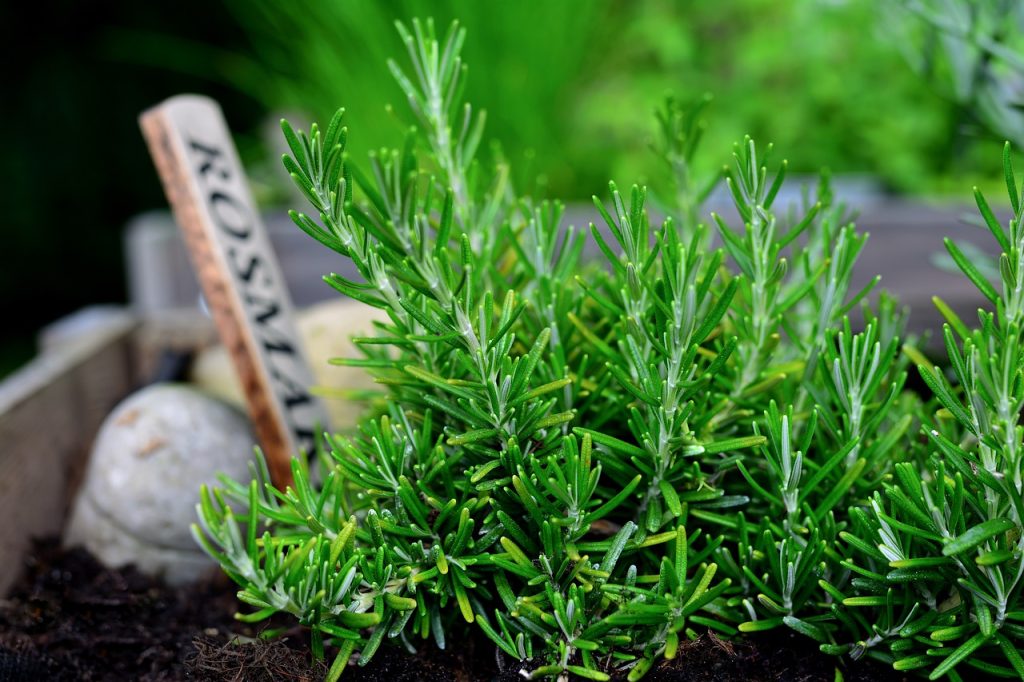
Rosemary is a robust perennial herb that thrives in hot, sunny environments. Planting rosemary in May allows this Mediterranean herb to establish itself before the heat of summer fully sets in. Select a well-draining location, as too much moisture can lead to root rot.
When transplanting seedlings or cuttings, space them about 12-24 inches apart to provide ample room to grow. Rosemary can also be started from cuttings taken from established plants. Regular trimming will promote fuller growth and keep the plants looking tidy.
This aromatic herb enhances all kinds of dishes, especially roasted meats and vegetables. Rosemary is known for its antioxidant properties and may also support cognitive health. You can dry the leaves or use them fresh, ensuring that you bring the taste of fresh herbs to your meals all year long.
Sage
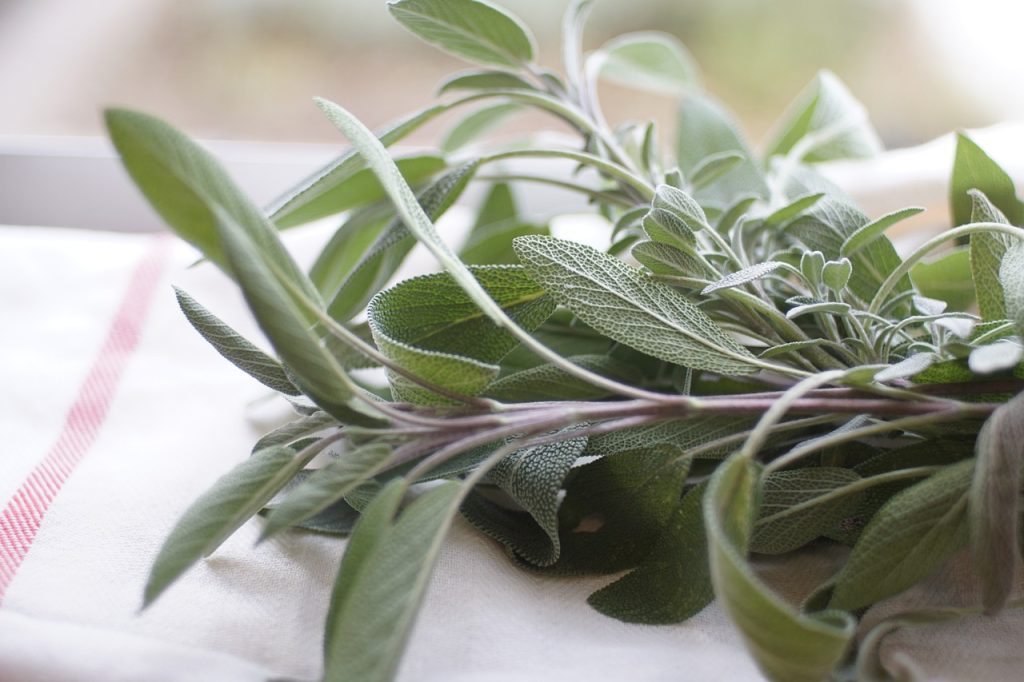
Sage is a fragrant and savory herb that has been used for centuries in cooking and traditional medicine. Planting sage in May allows it to establish roots before the heat intensifies. It thrives in full sun and well-drained soil, making it relatively easy to grow.
When planting, space your sage plants about 12 to 18 inches apart. This allows air to circulate and prevents mold growth. Sage can be harvested multiple times throughout the growing season, typically picking the leaves as needed. Be cautious, as too much moisture can affect this herb’s health.
Sage is most often used in savory dishes, particularly in stuffings and sausages. Additionally, it has been attributed to various health benefits, including anti-inflammatory and antioxidant properties, and its aromatic leaves are often infused into teas for an added flavor.
Stevia
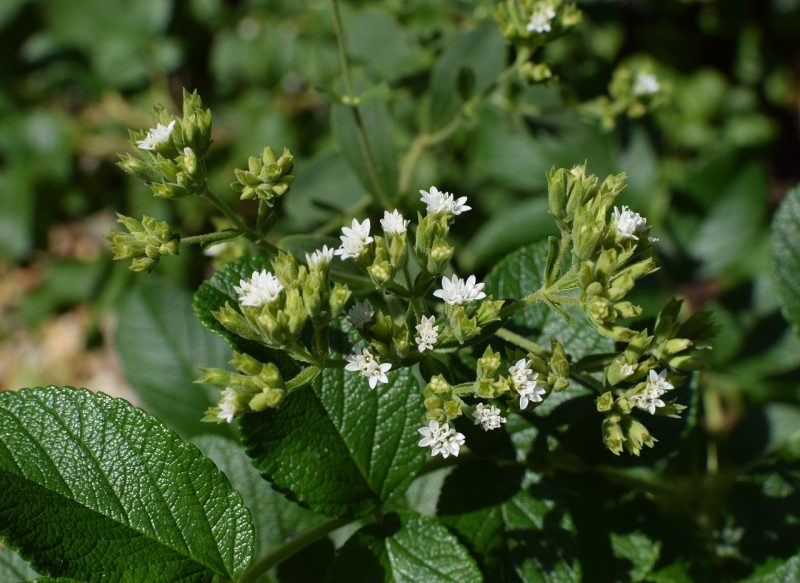
Stevia is a fantastic herb for those looking to reduce sugar intake, as it is a natural non-caloric sweetener. May is the perfect time to plant stevia, as it loves warm weather and full sunlight. Choose a garden spot with well-draining soil and plenty of sunshine to ensure the best growth.
When planting stevia seeds, cover them lightly and space them about 12 inches apart. Stevia requires regular watering, especially in hotter months. As the leaves mature, they can be harvested and used fresh to sweeten beverages or dried for later use.
Stevia plants can be a wonderful addition to your garden, offering a way to enjoy sweetness without the calories. In addition to its culinary uses, stevia has potential health benefits and can help regulate blood sugar levels, making it a great option for health-conscious gardeners.
Summer Savory
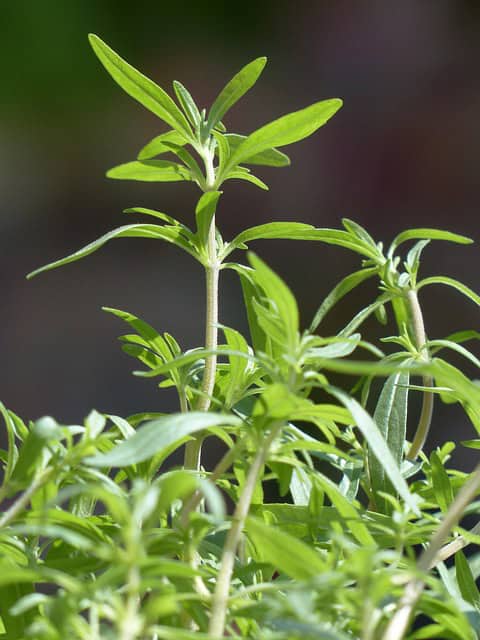
Summer savory is a versatile herb known for its peppery flavor that perfectly complements beans, meats, and Mediterranean dishes. Planting it in May allows the plants to develop while benefiting from warmer weather. It thrives in well-drained soil and full sunlight.
When planting summer savory, sow seeds about a quarter of an inch deep, spacing them roughly 12 inches apart to accommodate their growth. This herb can stand a bit of neglect, making it suitable for new gardeners. Regular harvesting encourages new growth; simply snip off the tops to spur production.
Summer savory is known for its culinary use in summer dishes, lending flavor and depth to its preparations. Additionally, like many herbs, it may provide digestive benefits and can be used in herbal teas for soothing properties.
Thyme
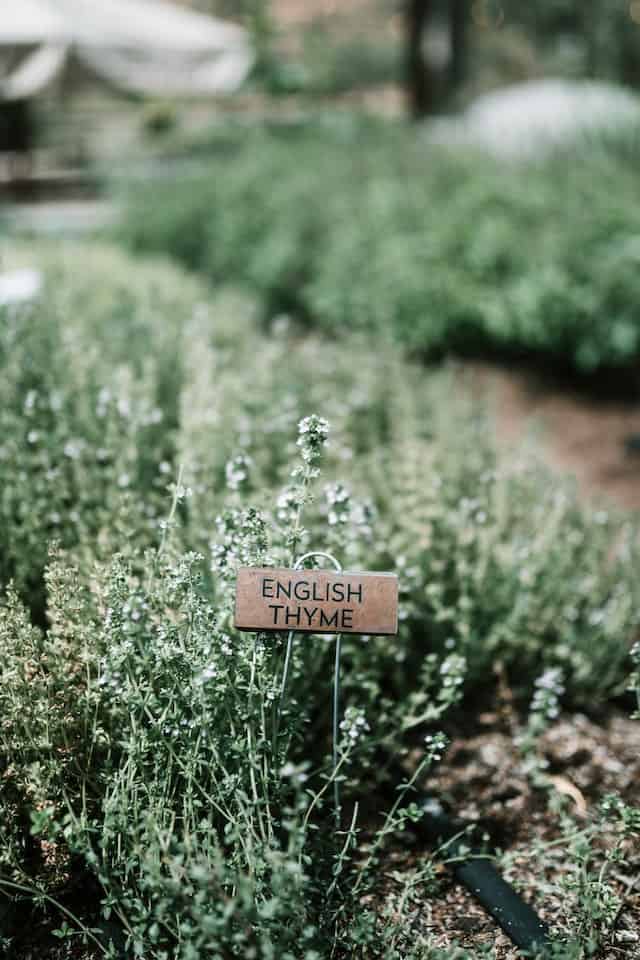
Thyme is a classic culinary herb prized for its flavor and aroma. May is the perfect month to plant thyme, as it does best in sunny areas with well-drained soil. You can plant thyme seeds or small plants, spacing them about 12-18 inches apart to allow for their creeping growth habit.
Thyme is drought-tolerant and requires minimal care once established. Harvest the leaves regularly to encourage bushiness and prevent the plant from becoming leggy. Thyme adds depth to meat dishes, soups, and casseroles, and it can also be dried for use throughout the year.
Beyond culinary uses, thyme has antimicrobial properties and has been traditionally used for respiratory ailments. Having this herb in your garden ensures not only flavorful additions to your meals but also beneficial uses throughout the year.
With warmer weather pushing in, May is an incredible month for planting a wide variety of herbs that will serve your culinary and wellness needs. Each of these herbs offers unique attributes, not just in flavor but also in aesthetic appeal and health benefits. Take the plunge and add these rich, fragrant plants to your garden, ensuring that you can enjoy their bounty well into the summer and beyond! Happy planting!


